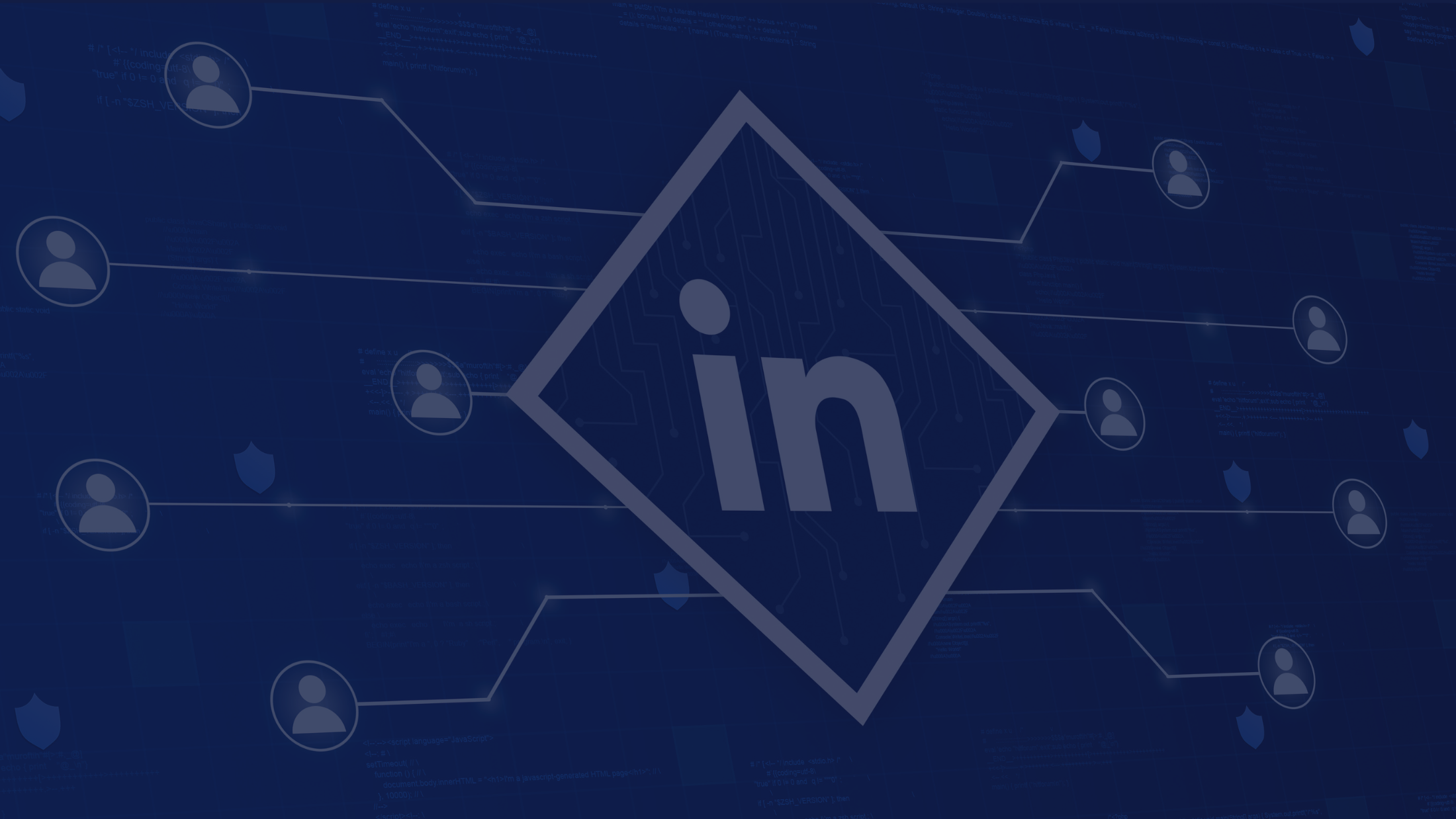How to Migrate from G Suite When G Suite Employee Leaves


How to Migrate from G Suite When Employee Leaves
When an employee leaves your organization, it's crucial to take care of the data that they leave behind such as ownership of files that they created, their email access and more.
Even after an employee leaves your organization, their G Suite account remains active until an IT administrator takes it down. As most of the critical business processes are in the cloud, the task to migrate from G Suite of the employee who has left can be pretty daunting
One can argue, don’t deactivate the account and you can access the data easily. However, just like most public cloud services, G Suite runs on a pay per user model. That means not deleting the employee account can cost the company. At the end of the day, you have to choose between monthly costs and the hassle of data migration.
If you choose the latter, here are the challenges you will face and a few steps you can take to overcome the challenges of migrating the data.
Challenges you face when you migrate from G Suite
Security Challenges
It is quite exhausting to change data access point in a public cloud system like G Suite, as compared to a legacy system. It is not easy to migrate data from the G Suite environment and simply deleting the user account can be even more problematic, especially if the account is linked with other important services like Google Analytics and Google Adwords that are often connected with a specific user account. If the account is then deleted, the organization will lose the integration with connected services.
The other option is to keep the ex-employee's account running. This again is a problem as G Suite charges the organization on a per-user basis. So, leaving an old account to not lose data is going to cost the company.
The G Suite migration service comes with its own complexities. It is challenging to use and can compromise the online security of the company. Google’s own documentation advises users to enable less secure apps for data migration services to work, followed by other several complicated steps. This is not only counterintuitive but can also jeopardize the overall security of the company.
5 steps to take when an employee leaves
Here are the 5 steps you must take when an employee leaves in order to secure the account and save the former employee's data without compromising on the organization's security.
1) Secure Access
Step 1- Exclude data from connected mobile devices. Log in to the G Suite admin sfconsole from an administrator account. Select the User and select the Account you have to disconnect. At the bottom of the page, you'll see the mobile devices connected to the account. You can either wipe the account from the organization's data or remove the device to remove all the data from the mobile device.
Carry on the same process for each device.
Step 2 - Change the user password and remember the new password
Step 3 - Reset the sign-in cookies which will prohibit the user from re-logging in the devices.
Step 4 - Go back to the main settings page and go down to the Security section. Erase all the passwords, specific to different applications and authorize all the listed items. It is also advised to turn off the two-step authentication at this point.
Step 5 - Now, open an incognito window in your Chrome browser and go to My Google Account. Login the user account, go to settings and delete any recovery phone or email addresses including personal and external email addresses and phone numbers.
You have now blocked the former employee's access to the account data and you can now completely control it.
2) Save Data
Google Takeout is a great way to save data linked to the account.
Once again, go to the incognito browser and go to Google Takeout. Log in using the former employee's credentials.
Now, you can select all the important data that needs to be exported and then click on Next. The default export size is 2 GB and if your data is more than that then increase the size of the maximum export file segment. The maximum allowed size is 50 GB.
Once the archive is created, check for a mail from Google on the former employee's Gmail. Follow the link to download the archived files. You now have a copy of data from the former employee's G Suite account.
3) Transfer Data
G Suite migration service allows the super administrator to transfer emails from one G Suite account to another.
Go to the admin console from the administrator account, select Data Migration and the email. Select G Suite as the migration source and provide the super administrator credentials. Post that, select the source and destination account for the migration process.
As an administrator, you can even transfer the ownership of files right from the admin console. Go to Apps > G Suite > Drive and Docs > Transfer ownership. Provide the source and destination account owner information.
You can transfer the files from the employee's Google Drive to Shared Team Drive. The ownership of the file changes from creator to a team once the file is moved to a Team Drive and the file stays in the shared drive even if the owner's account is deleted
In order to transfer Google Groups and/or Sites, you will need to add another account as the owner.
Go to Google Groups and log in with the former employee's credentials. Select the group followed by settings and choose Membership and email settings. From here, you can transfer the ownership of the groups and make someone else the owner.
In the same way, log in to Google Sites from the employee's credentials. Select the site followed by settings and click Sharing and permissions settings. From here, invite anybody your wish from your organization to become the owner of the site.
Export the data from contacts or calendars and then import it into another account.
In order to export the contacts, log in to Google Contacts using the employee's credentials. On the left menu, click on more followed by Export.
To import contact, log in to Google Contacts using the employee's credentials. On the left menu, click on more followed by Import and select the exported file.
Next, log in to Google Calendar using the employee's credentials. On the left side of the page, select the Calendar you wish to export and select settings. From here, export the calendar and save the file.
To add the events to an existing calendar, go to Calendar, select the sprocket (in the upper right) for settings, choose Calendars, then Import calendars
4) Delete the G Suite account
Finally! Now that you have completed all the nitty-gritty steps for migration from G Suite to save your data, you can delete the former employee's account.
Once again, go to the admin console, choose the User/Users you want to delete. Select the menu on the right and choose Delete.
5) Create an Alias
Most of the companies keep the email address of a former employee, active as an alias. It is highly advisable to create an alias of the ex-employees email ID. This is to continue receiving any mail from any connected services. Any mail sent with the alias ID will be delivered to an active account.
But with a contact management app like ContactBook, you can sync your Google account on it and if an employee leaves, you can use the G Suite migration process to transition G Suite account data without any hassle.
How does the process above compare to how your organization handles G Suite data migration? Let us know in the comments below.
Also read:



.png)










